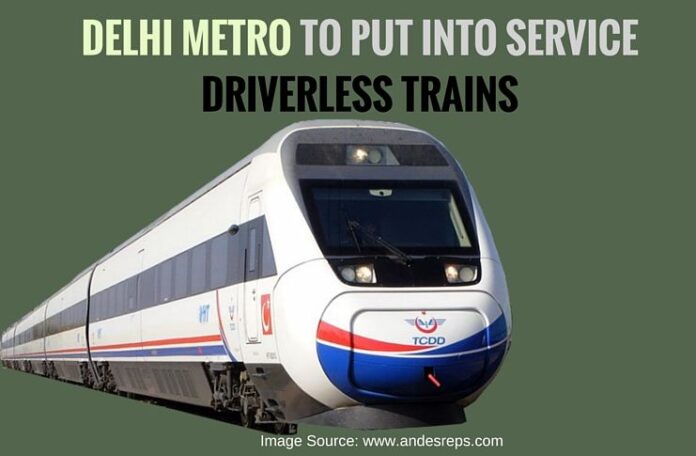
Fully automated driverless trains: Delhi Metro Network
[dropcap color=”#008040″ boxed=”yes” boxed_radius=”8px” class=”” id=””]T[/dropcap]he fastest and driverless train will run on the upcoming two lines where the Delhi Metro announced for the first time fully automated train.
DMRC Managing Director Mangu Singh said, the Delhi Metro Rail Corp (DMRC) declares the driverless trains are safe, after these trains which will be operated by drivers for a year.
He told the media; we would not start with driverless trains unless we are 100 percent sure and it would be fully automated after the successful trail as on trail basis the trains would be run by the drivers for one year initially.
Majlis Park and Shiv Vihar in north Delhi (58.5 km) as well as Botanical Garden in Noida and Janakpuri West in west Delhi (38 km) would be connected by the upcoming lines.
On the Delhi Metro network the Majlis Park-Shiv Vihar line will be the longest.
“Mangu Singh said the trial run for the Pink Line (Majlis Park-Shiv Vihar) and the Magenta Line (Botanical Garden-Janakpuri West) would be completed by the end of this year.
“Most of the work on both lines is complete. I’m hopeful that some of the stretches would be operational for public this year itself.”
[dropcap color=”#008040″ boxed=”yes” boxed_radius=”8px” class=”” id=””]T[/dropcap]he new trains would have six fixed coaches and can carry more passengers.
A senior DMRC official, H.S. Anand, said the new trains would be 10 percent faster and 20 percent more energy efficient than the present ones.
“In the existing trains, only 50 percent of the coaches are motorised. In the new trains, four of the six coaches are powered. So acceleration would be fast and less power would be consumed.”
The average speed of the new train would be 37-38 km per hour, compared to 30-32 km per hour now.
Anand said the trains would generate electricity even when brakes are applied, enabling the air-conditioning system to keep working.
To increase passenger capacity, the new coaches’ bodies have been widened to 3.2 metres against the 2.9 metres in existing trains, Anand said.
“Also, the space will increase as the driver’s cabin will be removed and 40 more people can be accommodated. Overall, the new trains will be able to carry 1,866 passengers,” Anand said.
“The new trains also have passenger-friendly features such as WiFi, USB charging ports, redesigned grab handles, digital route map and backrest near the wheelchair area.
Each train will have six LED screens with videos, graphics, animation and real time video streaming capacity.
DMRC has ordered 81 new trains and received 14 so far.
Delhi Metro, which began operations in 2002, today transports 25-26 lakh people every day.
Notes:
1. IANS
- Pentagon cancels aid to Pakistan over record on militants - September 2, 2018
- The curious case of Tamil Nadu’s opposition to NEET - September 4, 2017
- If 2.6 Billion People Go To War: India vs. China - July 22, 2017








